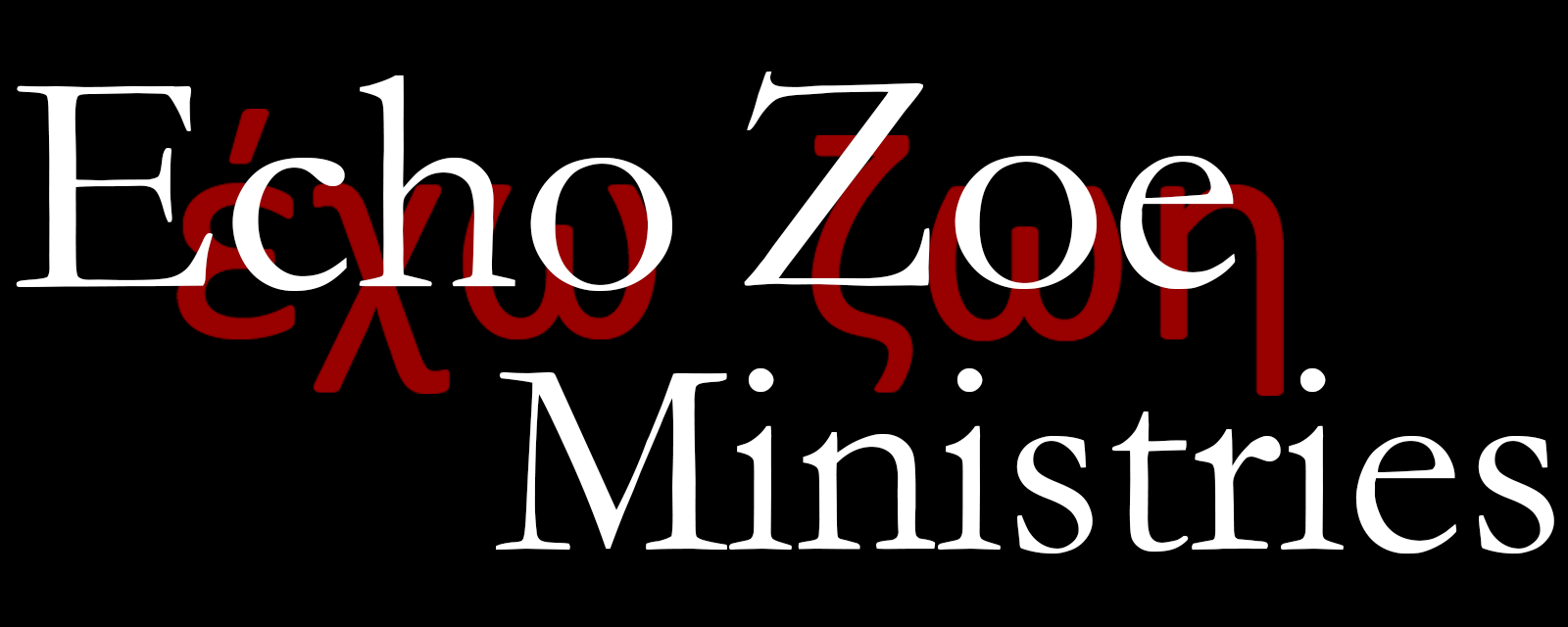Gene Clyatt is affectionately known online as the Shinar Squirrel. He was pastor of Parkside Baptist Church in small town Montana for fifteen years and still does occasional itinerant preaching. He hosts a podcast called “Squirrel Chatter,” where he shares his daily time in the Word. He joins us this episode to talk about Anglican Archbishop Thomas Cranmer and explain the beginnings of the English Reformation.
Podcast: Play in new window | Download (Duration: 1:34:22 — 129.9MB)
Subscribe: RSS | Subscribe to Echo Zoe Radio
Outline of the Discussion
- Anglican history is Puritan history, Congregationalist history, and Baptist history.
- The English Reformation is different from the Continental Reformation. Whereas the Continental Reformation was largely driven by pastors and theologians reading their Bibles and realizing it didn't line up with what the Catholic Church was teaching, the English Reformation began out of dynastic struggles and political opportunism.
- For decades before Martin Luther kicked off the Reformation in Germany, the English Houses of Lancaster and York had been battling over the throne of England, a period known as The Wars of the Roses. It began when King Edward III created five Duchies, one for each of his five sons. Each of them had a claim to the throne of England. Gene summarizes the various kings, and the back-and-forth between the two Houses, finally resolving under Henry VII, a descendent of both Houses.
- On the theological side, the English Reformation really had it's beginning with John Wycliffe, a contemporary of Edward III. Much of what Wycliffe taught was similar to what Martin Luther later taught.
- Jan Hus (John Huss) of Bohemia has influence as well, following the influence of Wycliffe, which they learn about as students at Oxford. The same council that condemns Hus to be burned at the stake orders the remains of Wycliffe to be dug up and burned.
- Martin Luther is later accused of being a Hussite. He hadn't heard of Hus, but quickly researches him and realizes he agrees with Hus.
- Thomas Cranmer is born in 1489 in Nottingham to a squire (very minor nobility.) As a younger son, he has no inheritance, so they enroll at Cambridge to study to be a priest.
- Cranmer ends up becoming one of a group of guys who get together regularly at a tavern in Cambridge called the White Horse Inn. The others in the group are: Nicholas Ridley, Miles Coverdale, William Tyndale, Hugh Latimer, and others. Ridley becomes the theologian of the English Reformation. Latimer became the premier preacher. Cranmer was the Architect. Tyndale translated the Bible. Coverdale finishes Tyndale's translation.
- Back to the political… Henry VIII needs a papal dispensation to marry his deceased brother's wife Catherine. Once married, she gives him a daughter, but all of the sons they bear die in childhood. This leads Henry to seek an annulment to try for a male heir elsewhere.
- Henry VIII and Cranmer became good friends. Cranmer became Henry's most loyal friend throughout Henry's reign.
- Cranmer was first appointed ambassador to Rome, and later ambassador to the Holy Roman Empire under Emperor Charles V, who is Catherine's nephew (Catherine being Henry's first wife.) Charles sends Cranmer to Germany to investigate the Lutheran movement going on.
- While in Germany, and still a priest, Cranmer falls in love and marries his second wife (the first having died in childbirth.) He's called back to England to become the Archbishop of Canterbury. This requires him to hide his marriage.
- Henry VIII begins to lose hope that Catherine will give him a male heir, and is starting to have the hots for Anne Boleyn. The Pope denies his request for an annulment for political reasons. Cranmer has his own agenda, with reason to grant the annulment.
- Henry benefits from the annulment, but is still Catholic (though Pope-less.) When Henry VIII dies (17 years and 5 wives later,) Edward VI becomes king at age 9. Edward was the son via Jane Seymour, the only son, and only one of 3 children that survive to adulthood (though he died young too.)
- Henry's last wife, Catherine Parr, was Cranmer's niece, was thoroughly Reformed, and oversaw the education of both Edward and Elizabeth. (Mary was already an adult at this time, and is still Catholic.)
- Cranmer makes his move to begin reforming the Church of England after Henry's death.
- Edward dies at 17, and is followed by Mary (Bloody Mary.) Mary had over 300 people executed in the span of just three years.
- Henry VIII signed the execution order for Tyndale as a heretic, but later signed the order authorizing the Great Bible (Tyndale's work.)
- Cranmer was forced to recant his Reformed theology. He did, but later recanted his recantation. This led him to be burned at the stake. He put his hand in the fire first; the hand that had written the recantation.
- Mary dies after just three years. She thought she was pregnant, but it's now believed she had stomach cancer.
- Upon Mary's death, Elizabeth becomes queen and has a long reign. She outlaws Catholicism.
Additional Resources
- Squirrel Chatter — Gene's podcast
- Thomas Cranmer — Teaching by Steve Lawson (audio & video)
- The Edwardian Homilies — 5 Minutes in Church History
- The Book of Common Prayer – 1552
- The Edwardian Homilies(text)
- Church of England Daily Prayers




